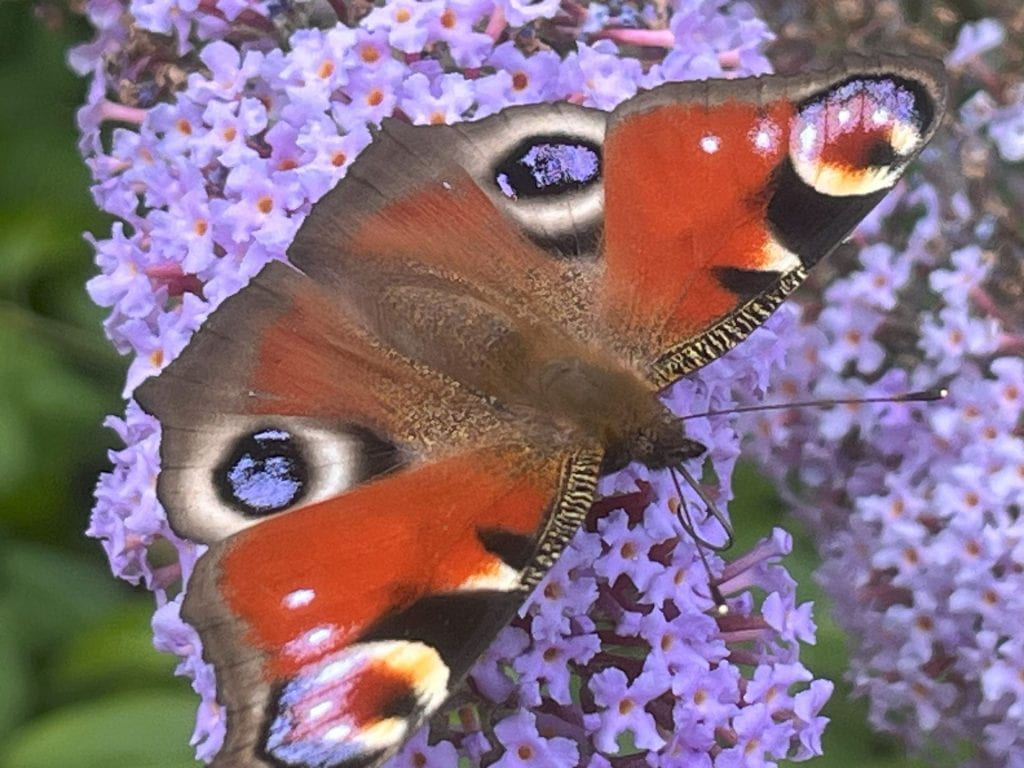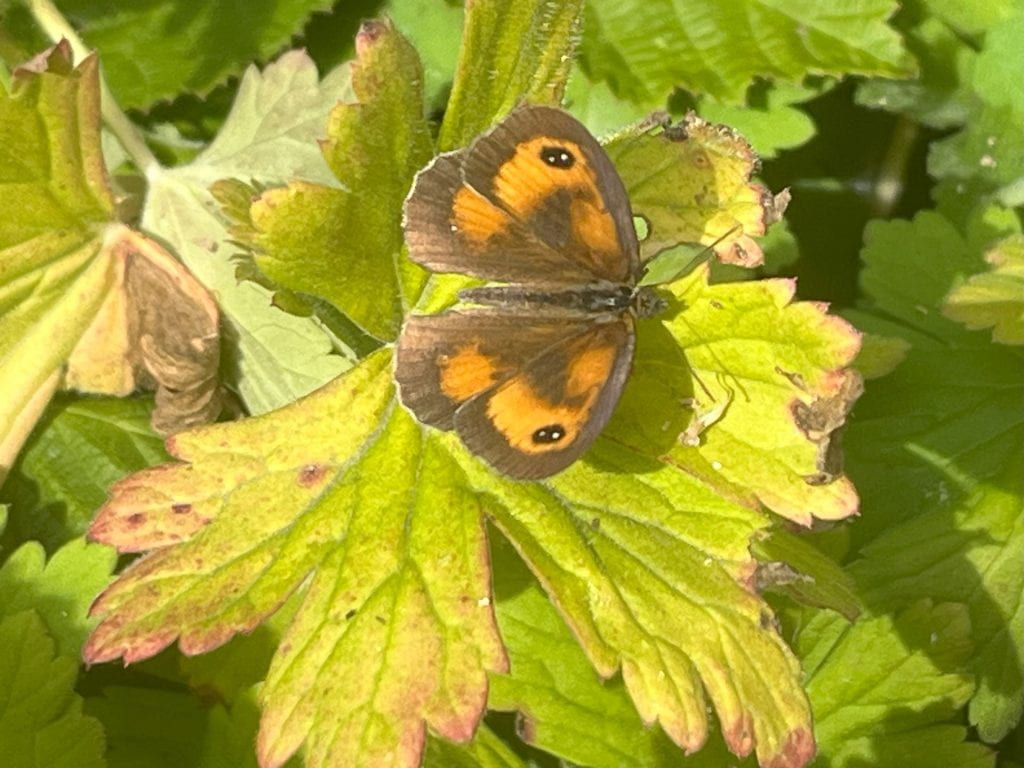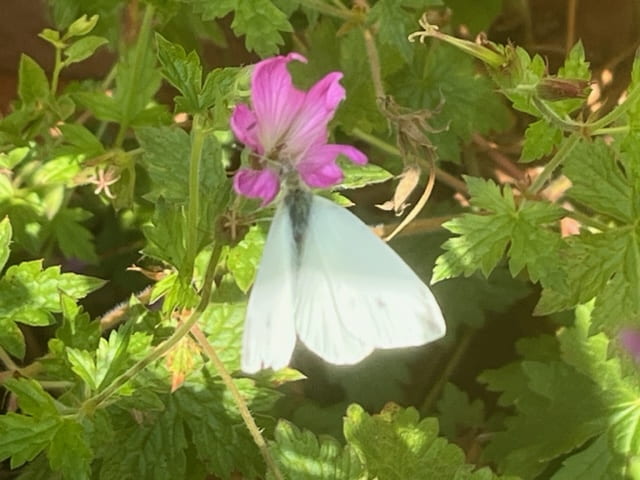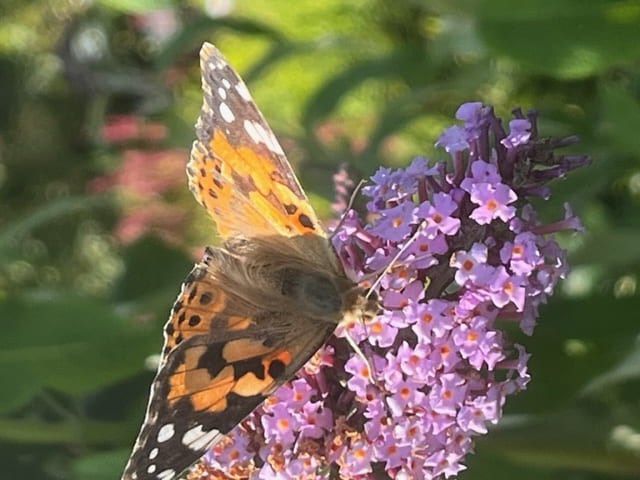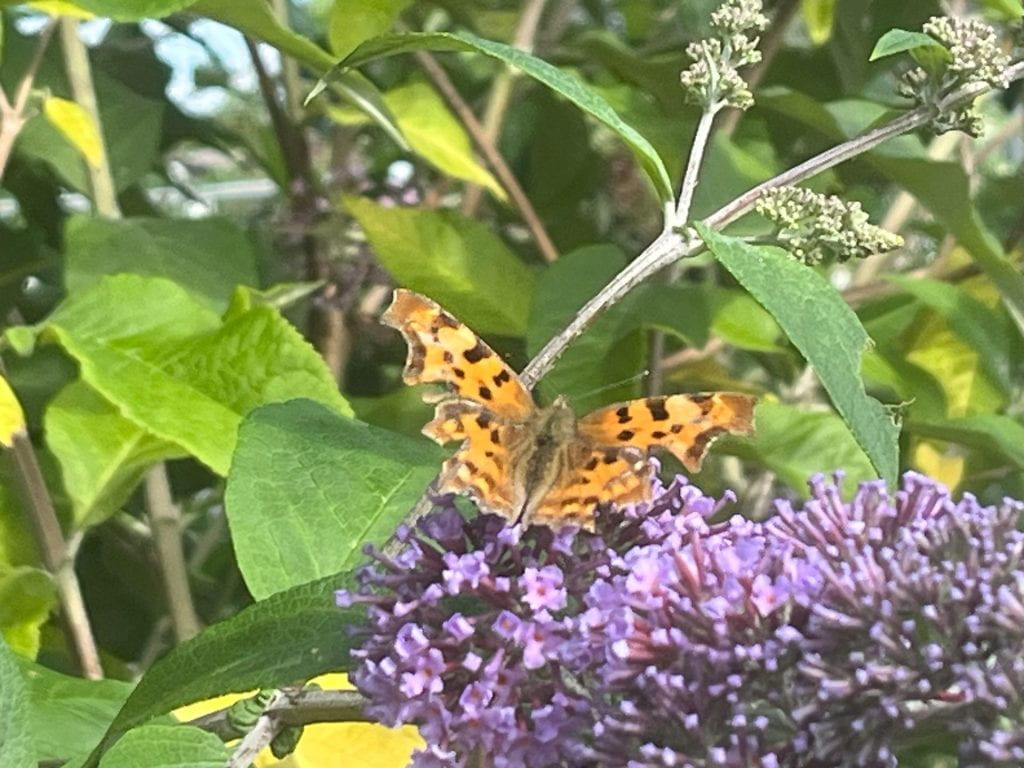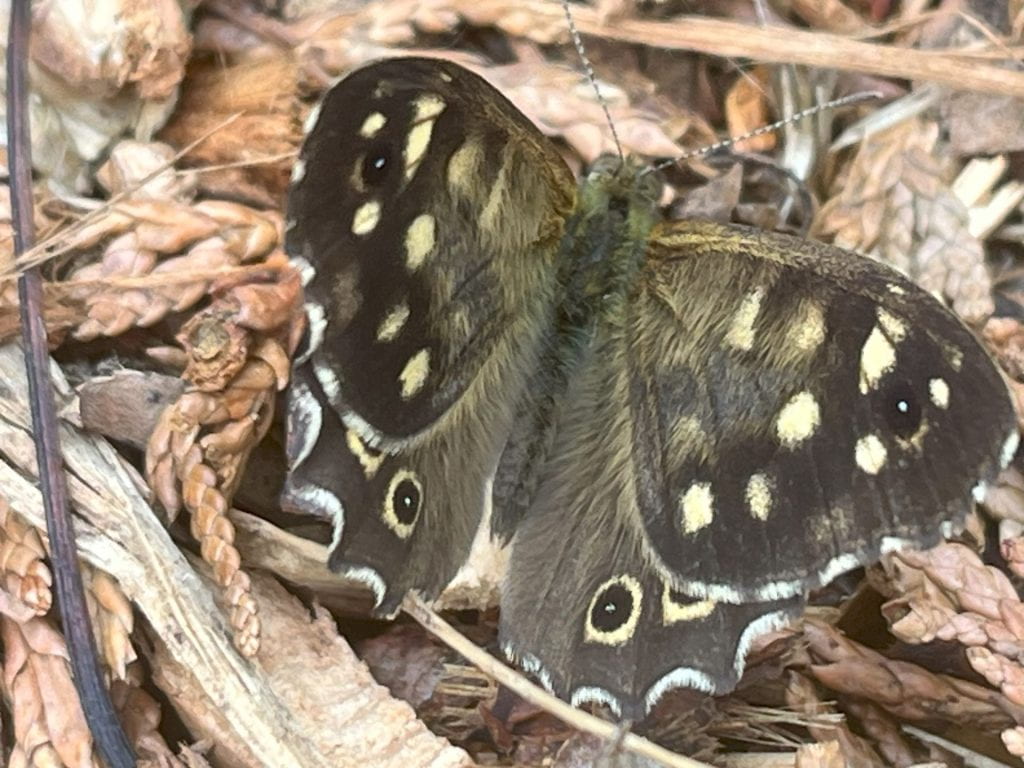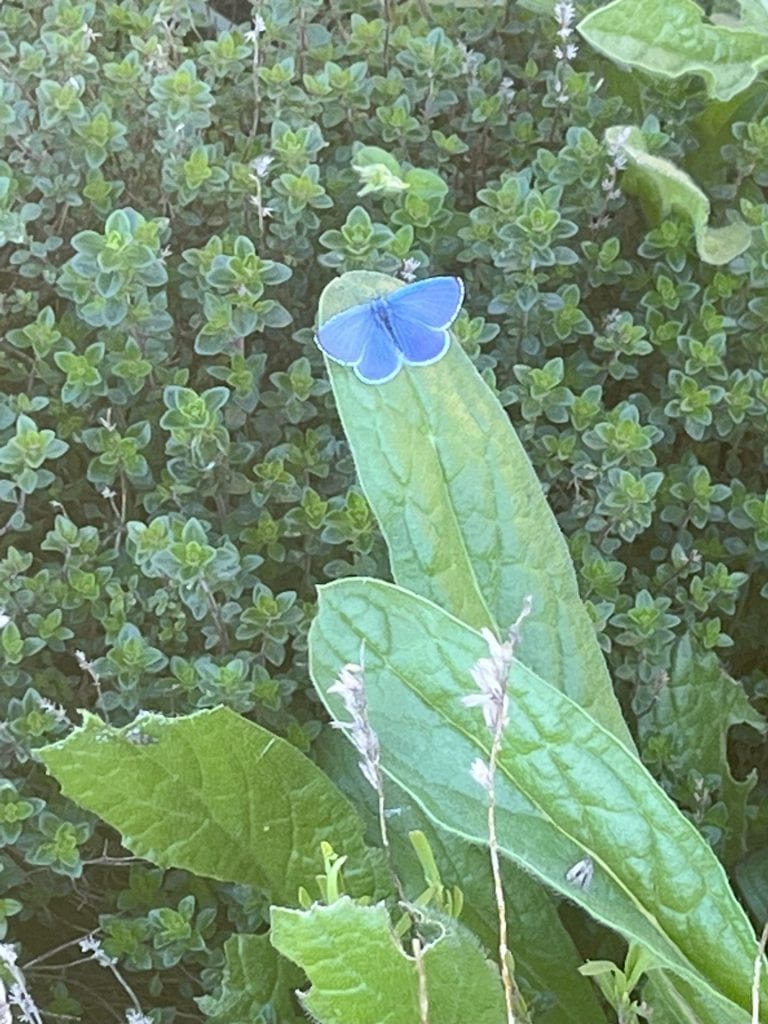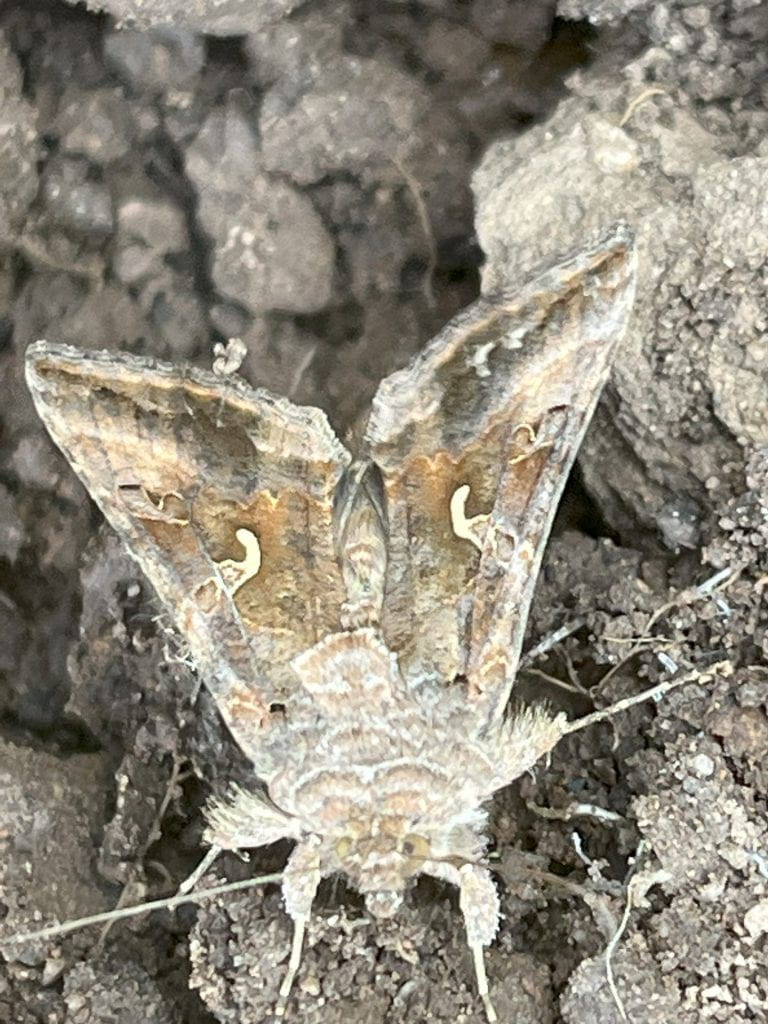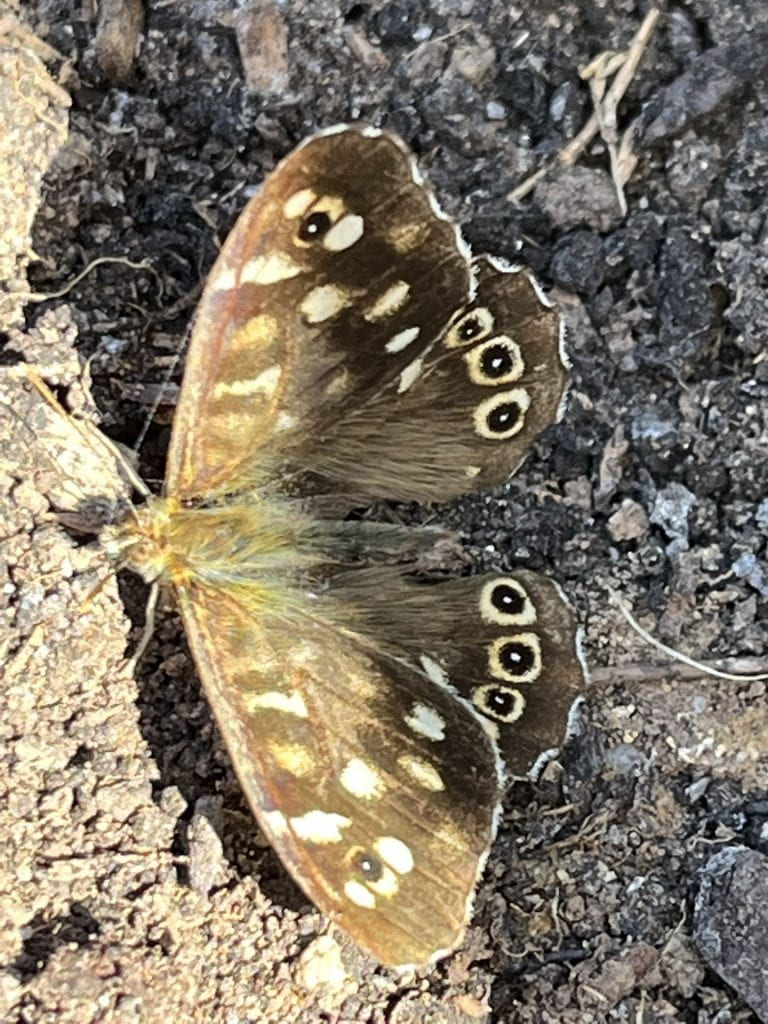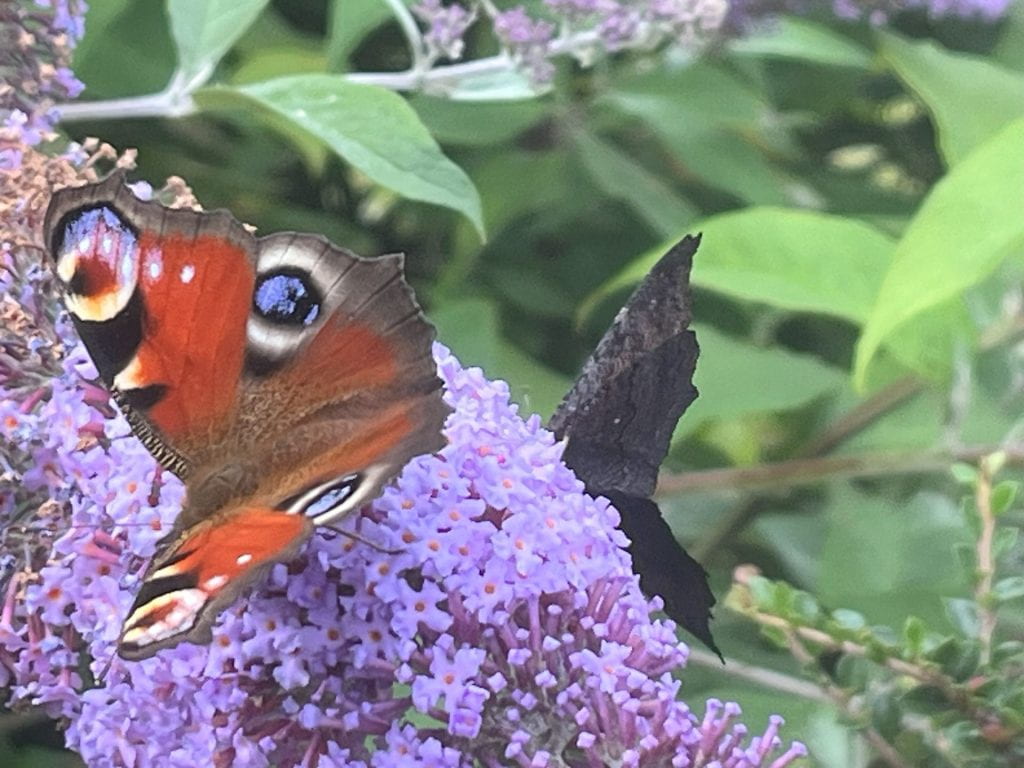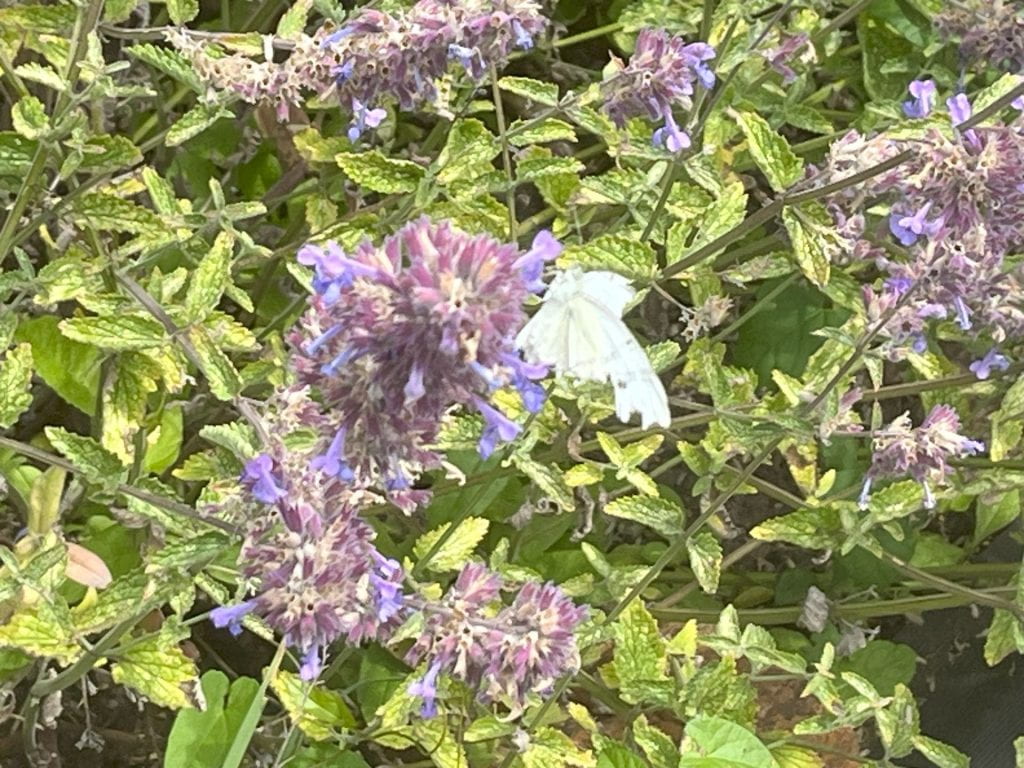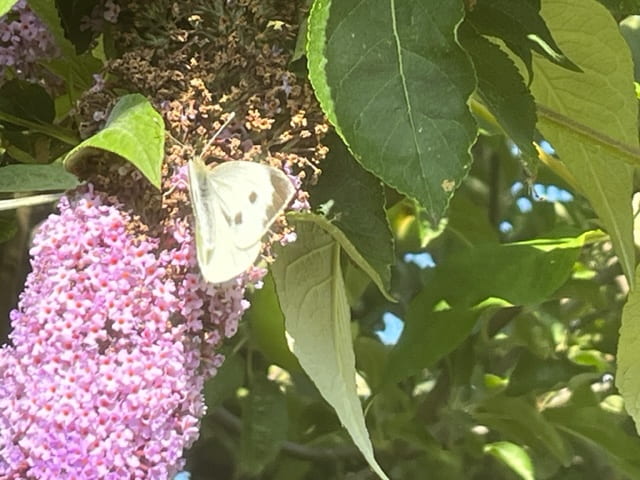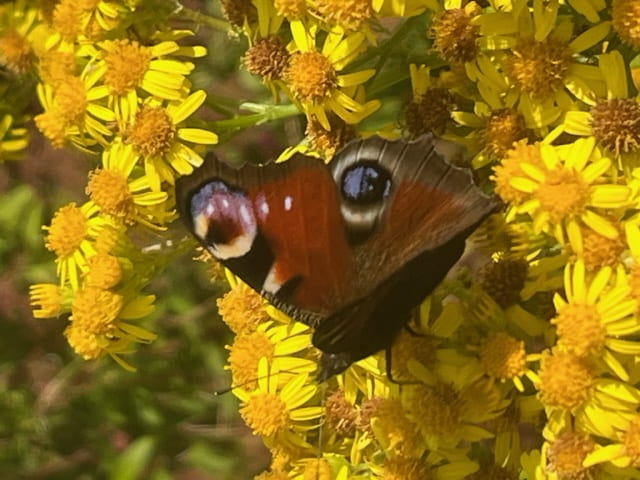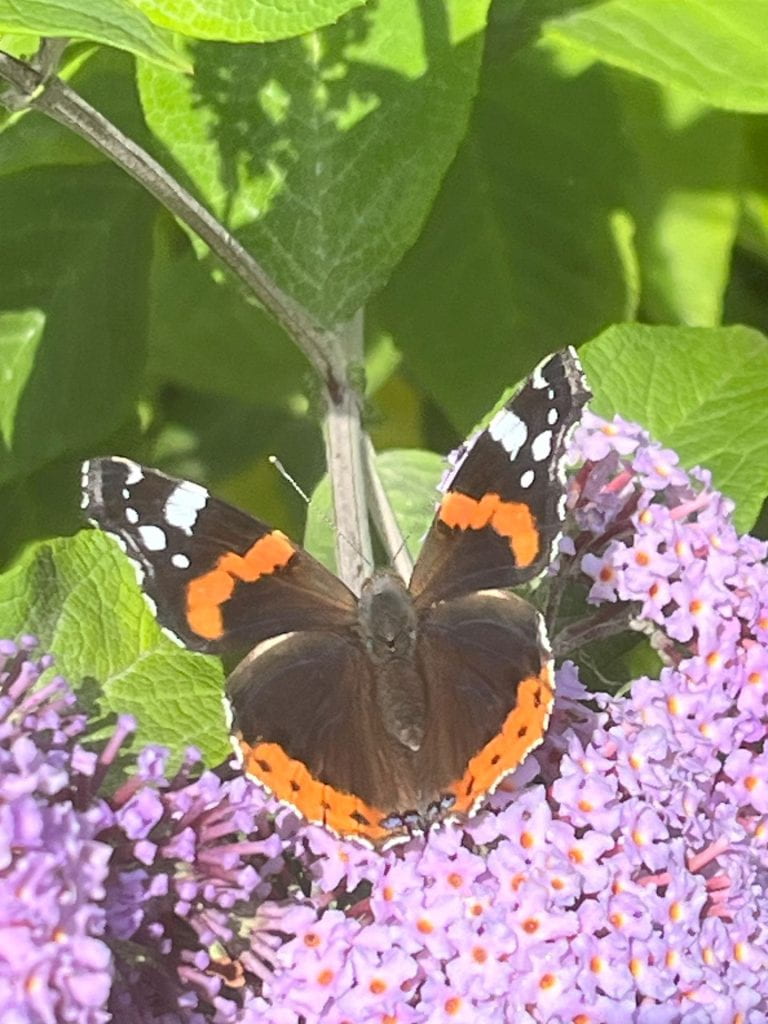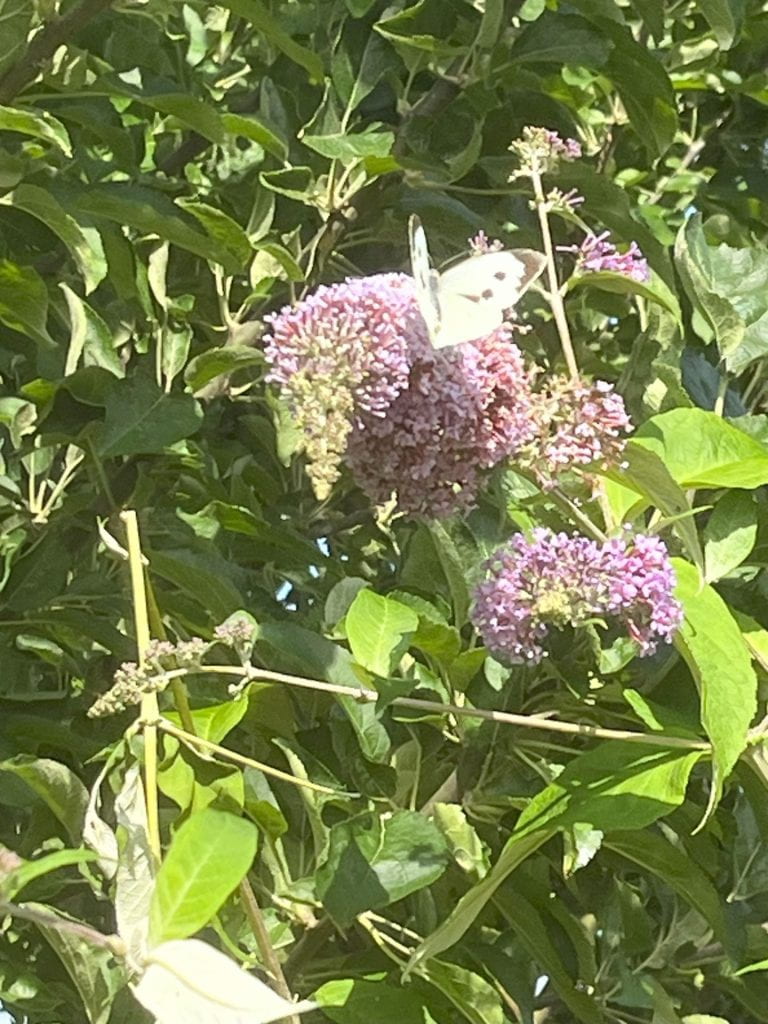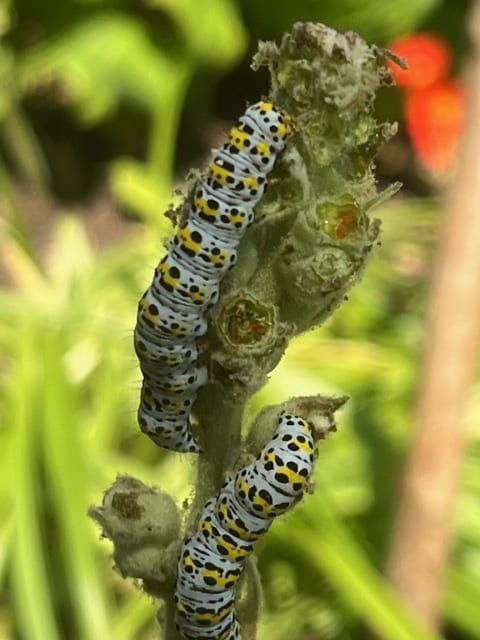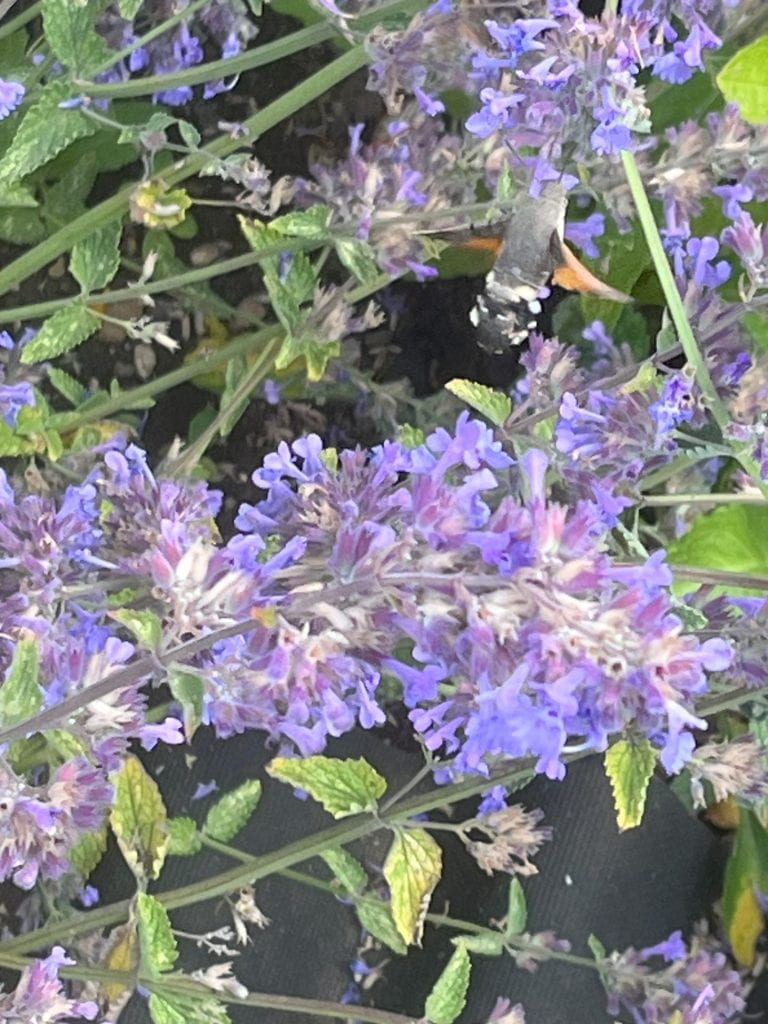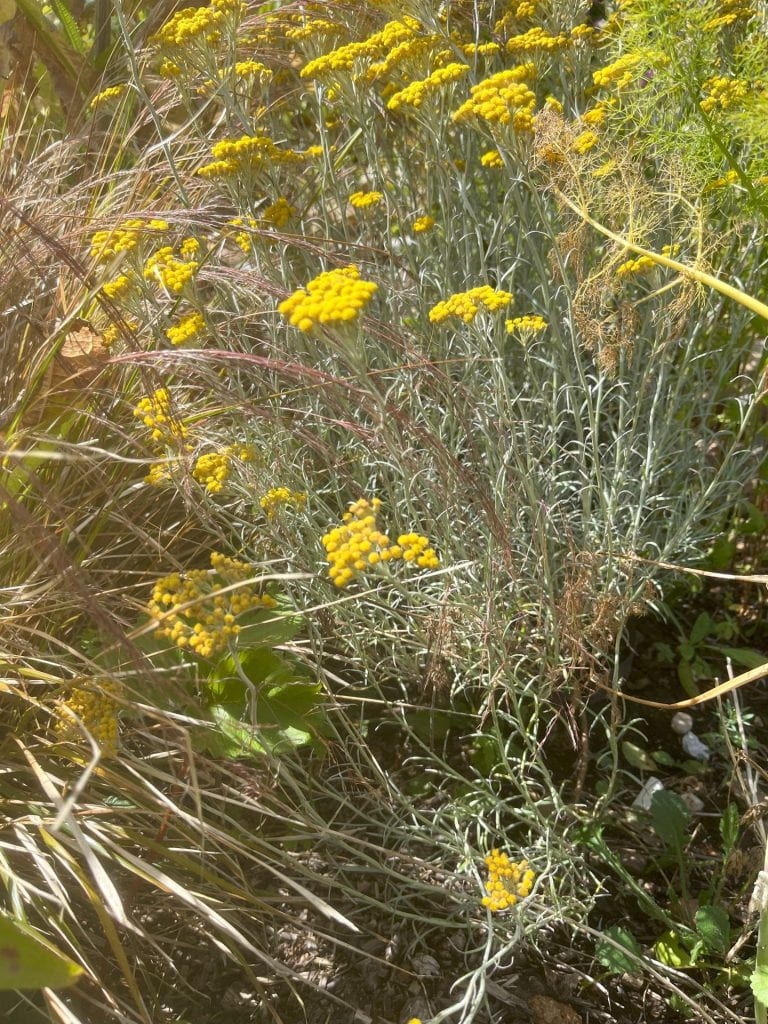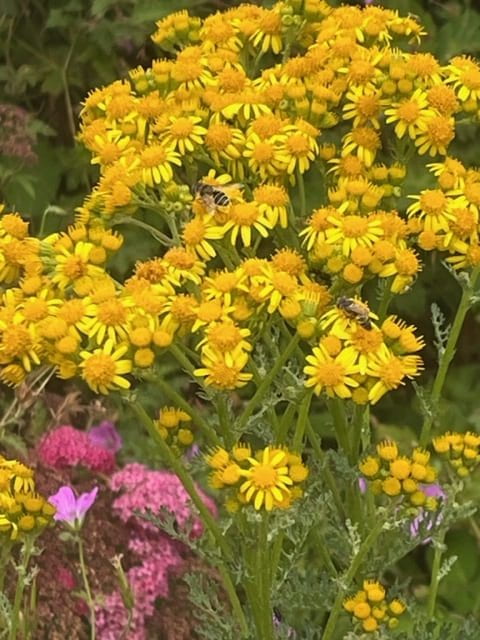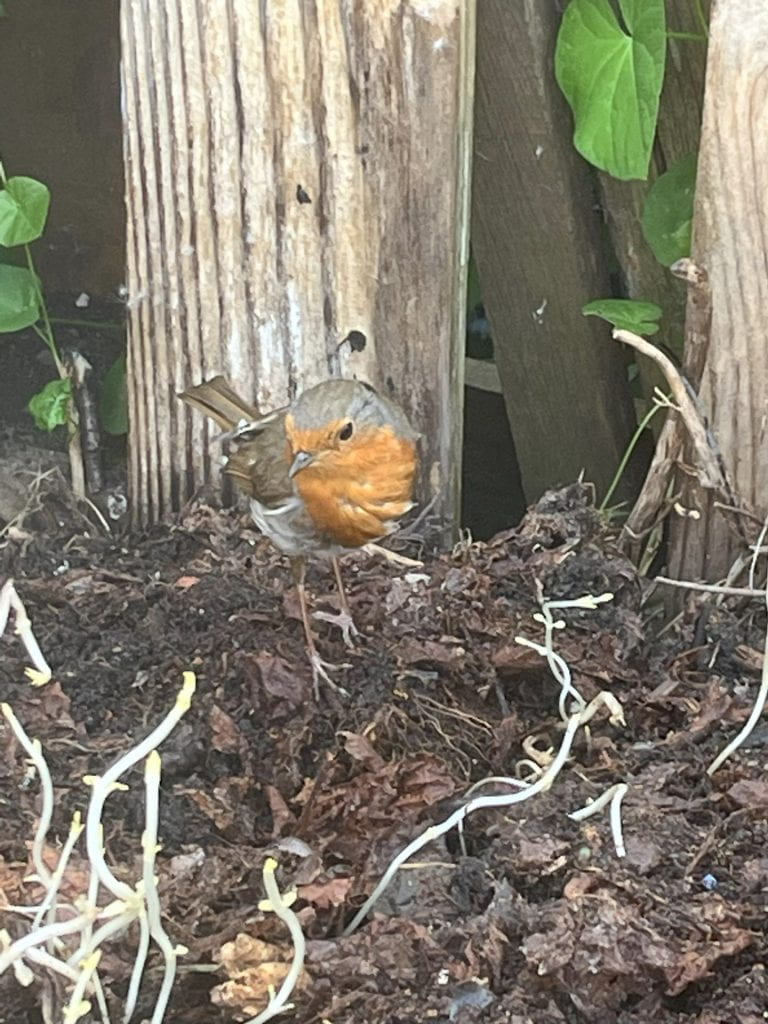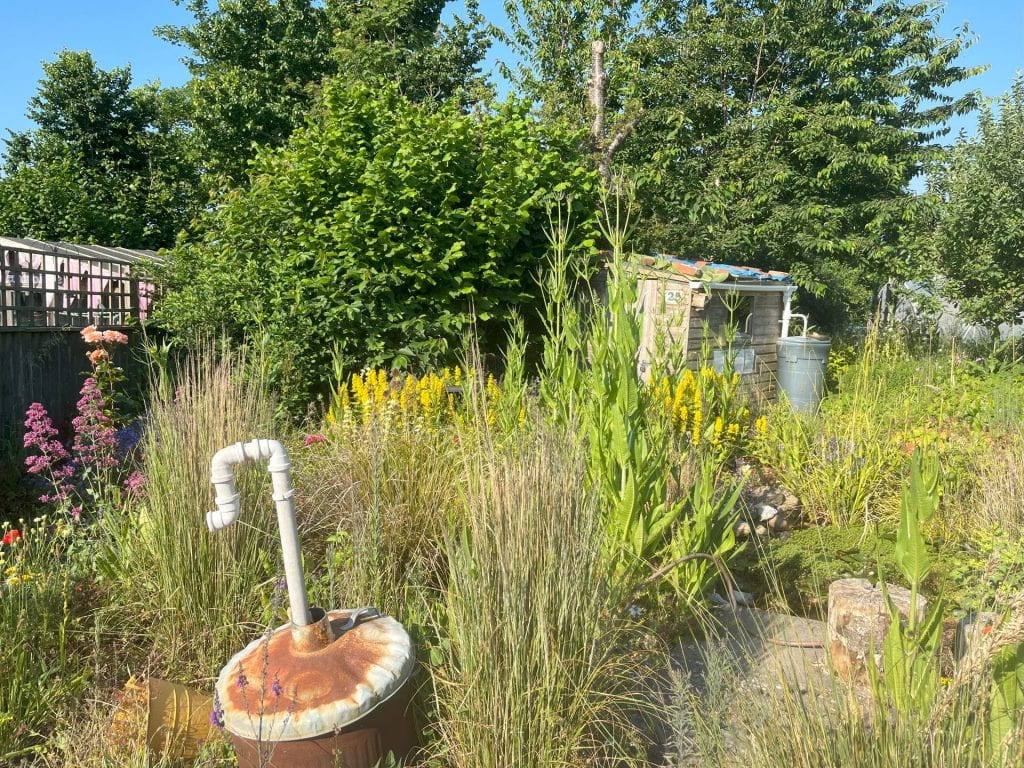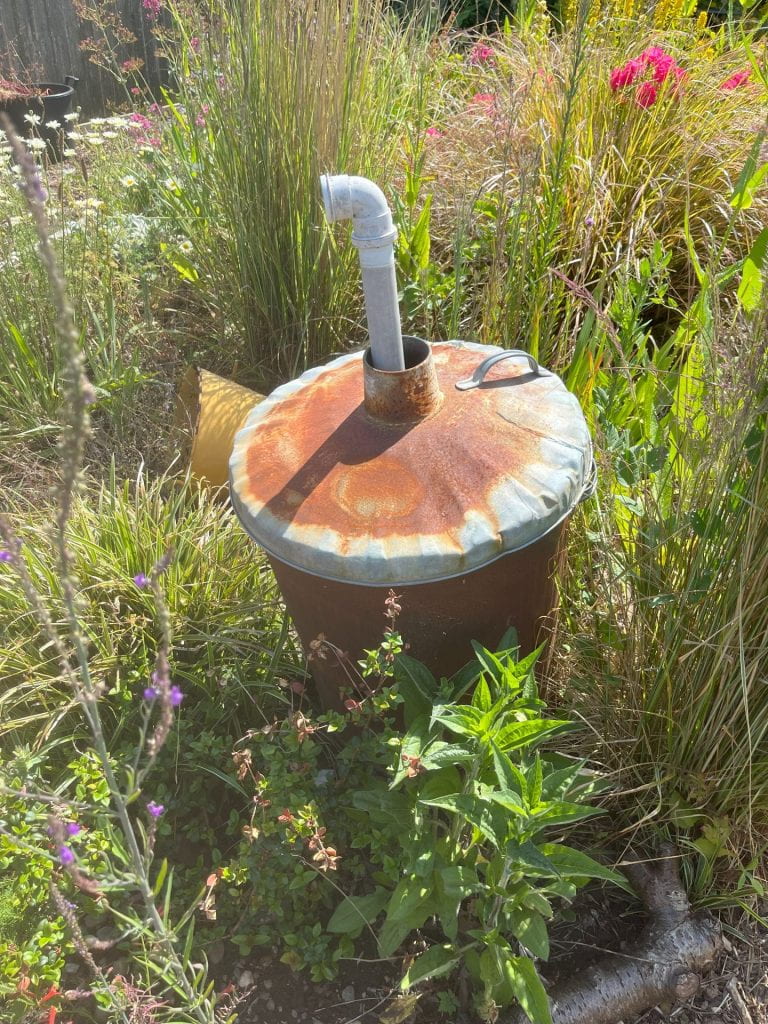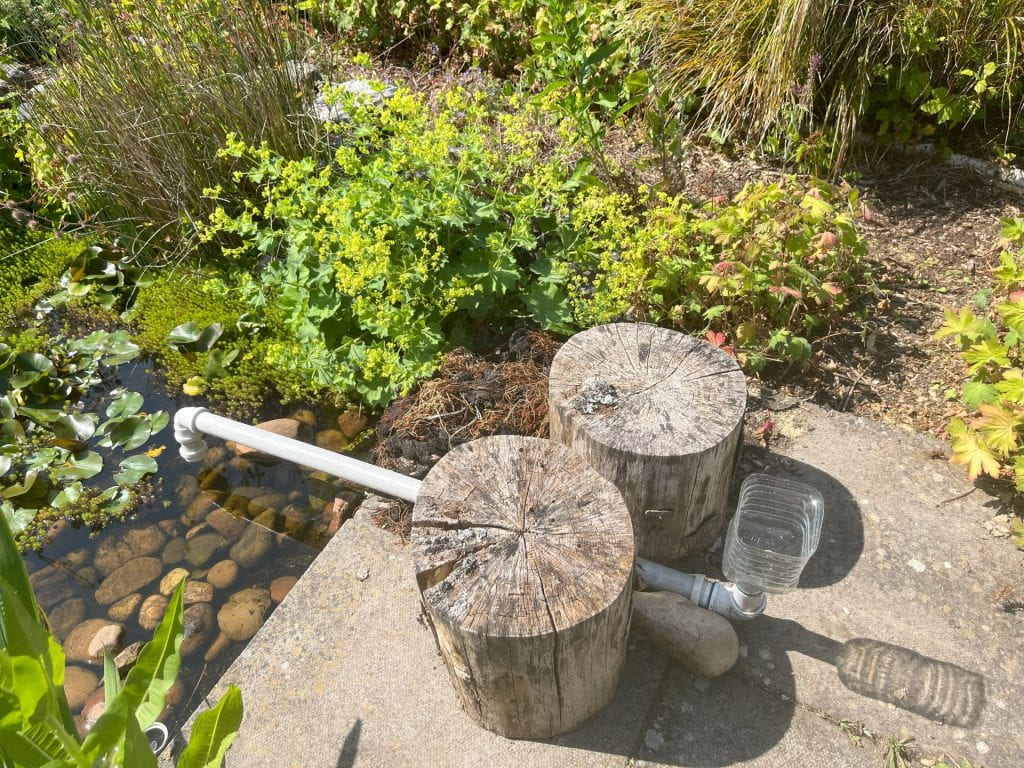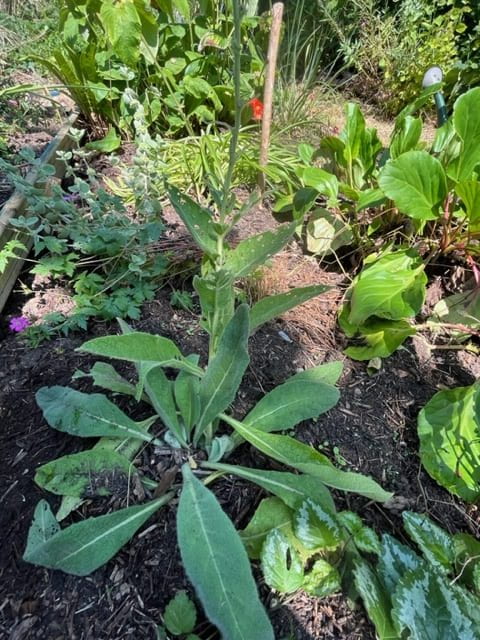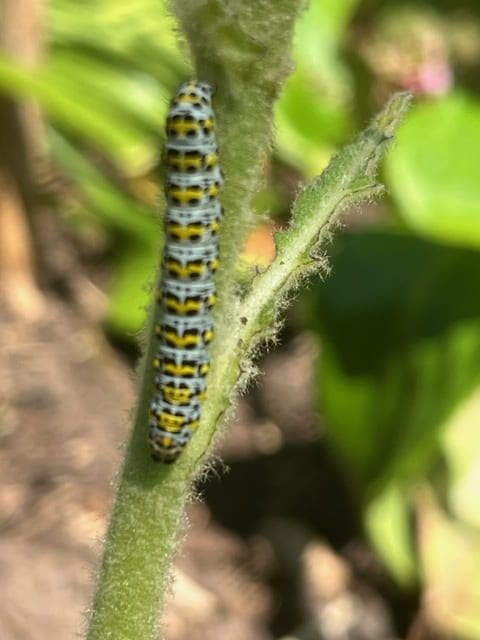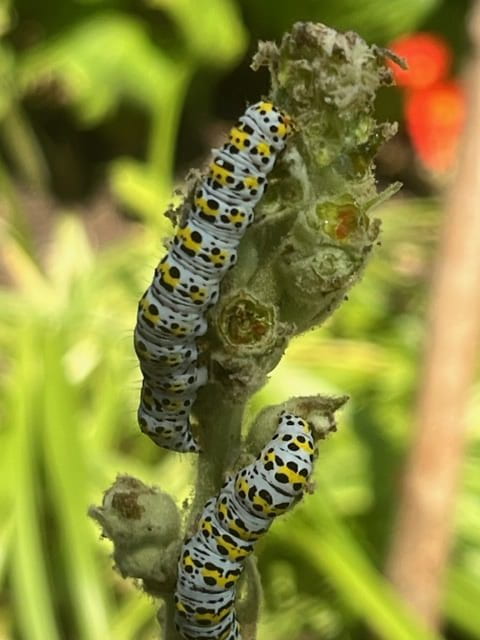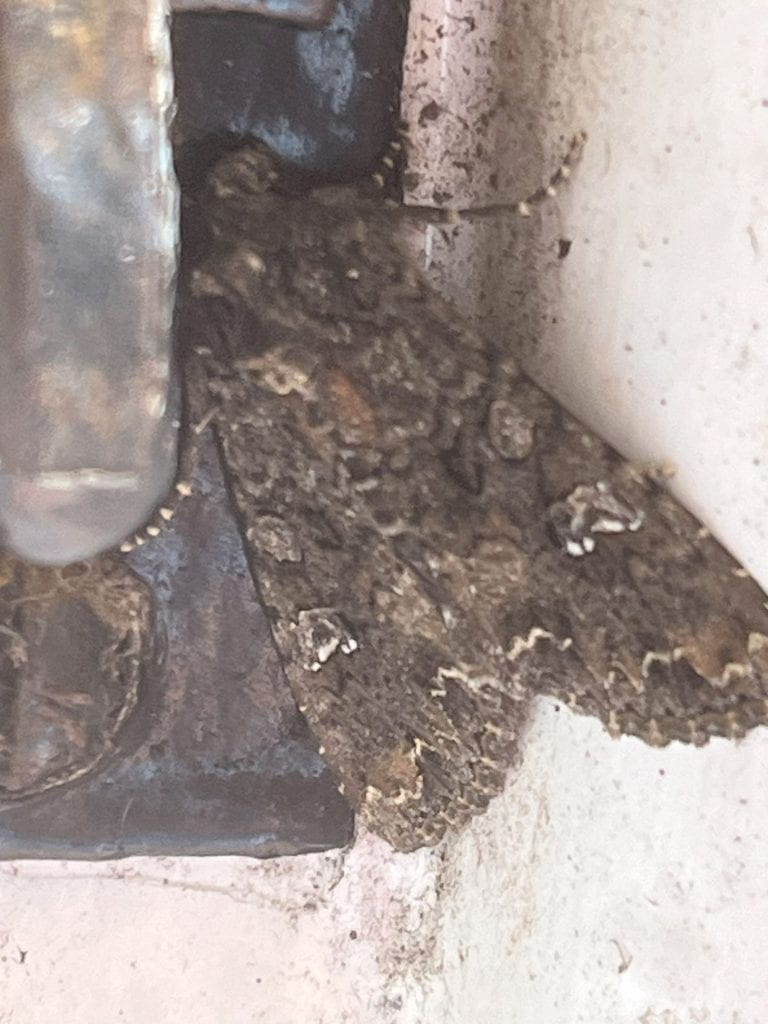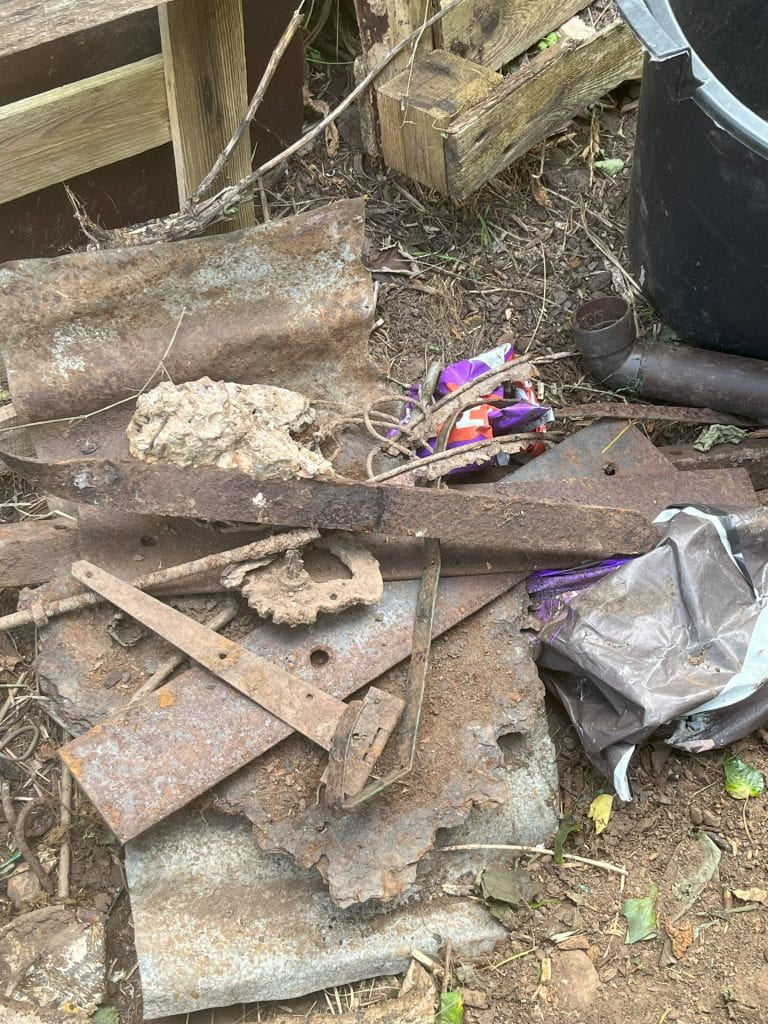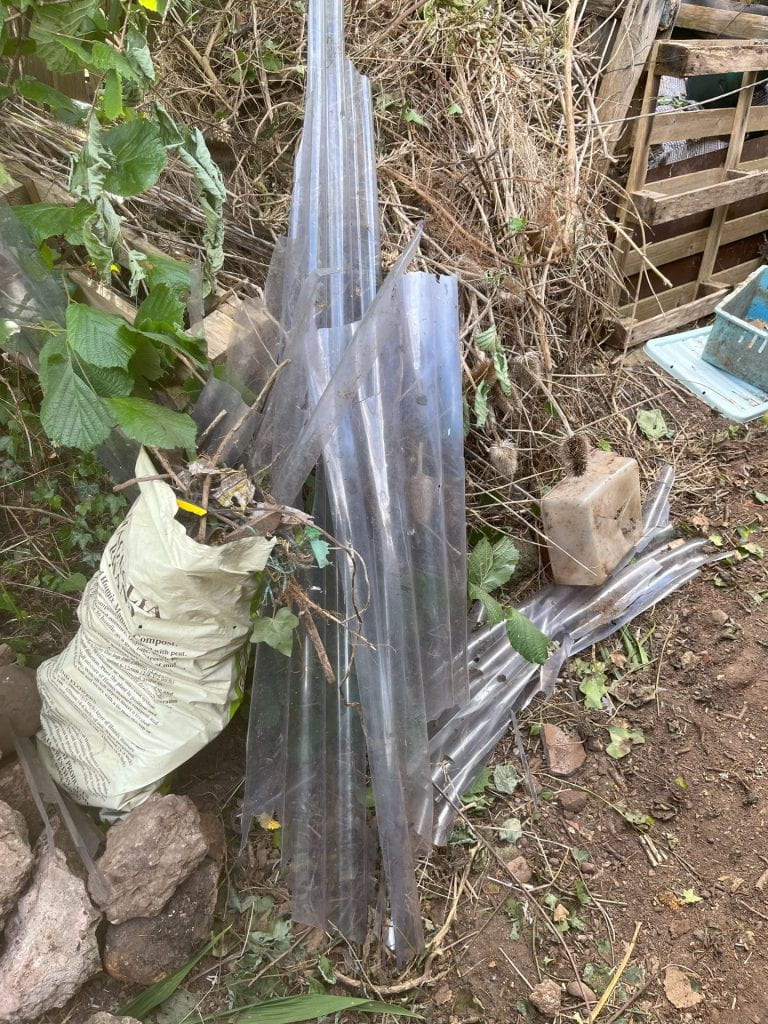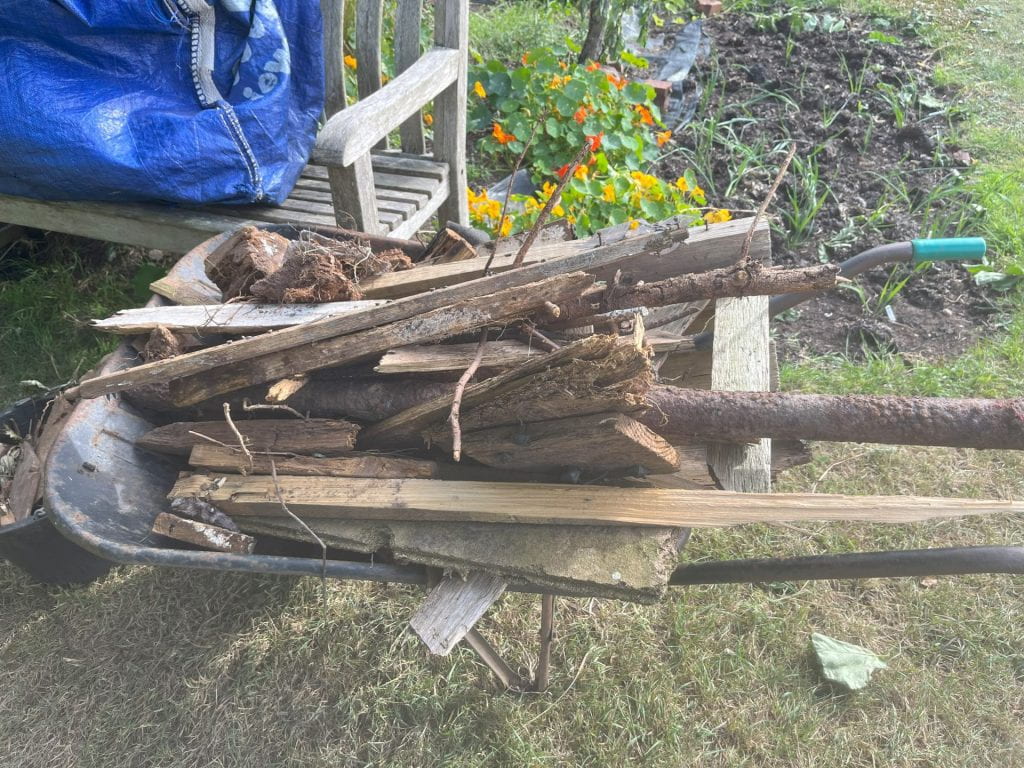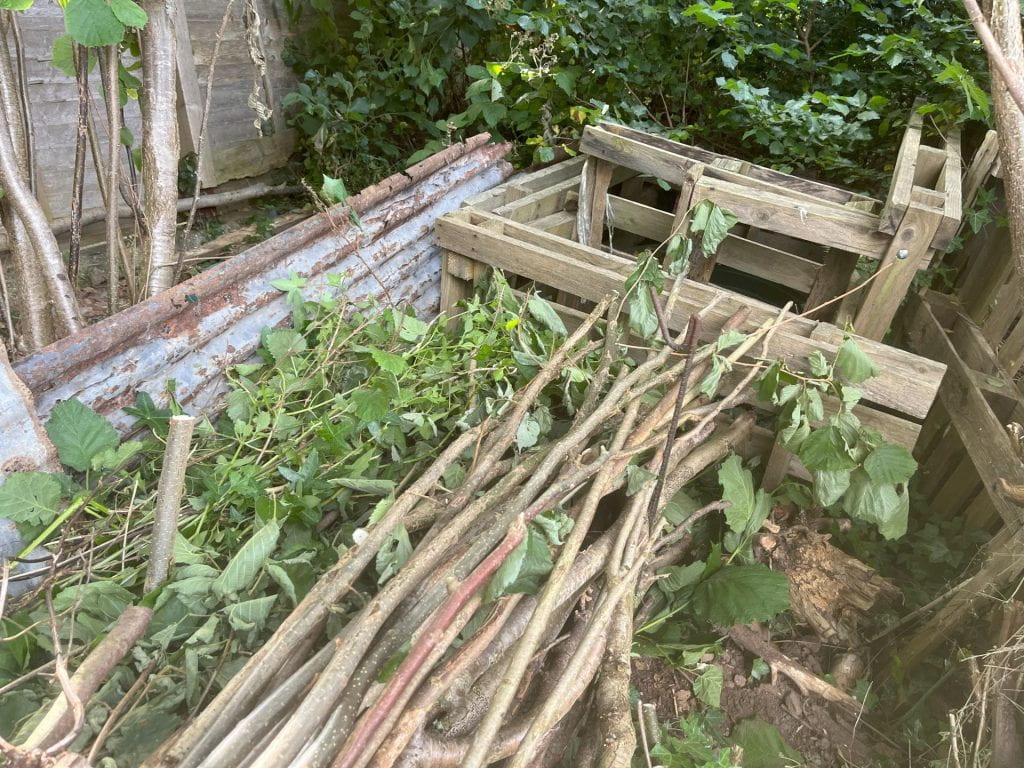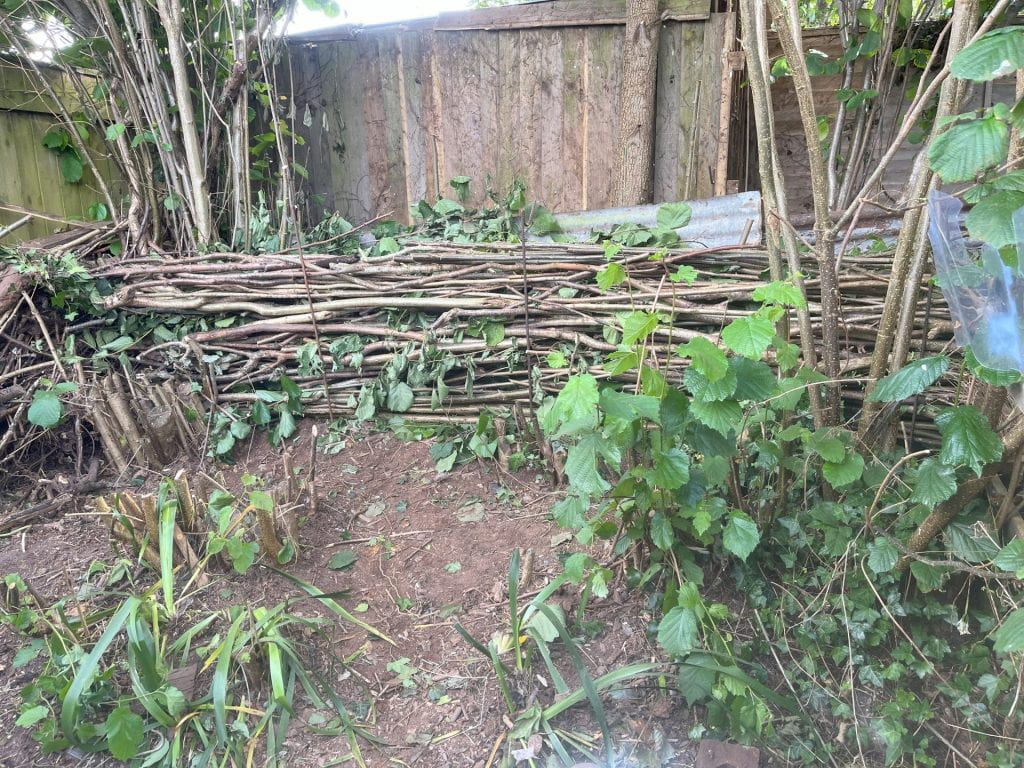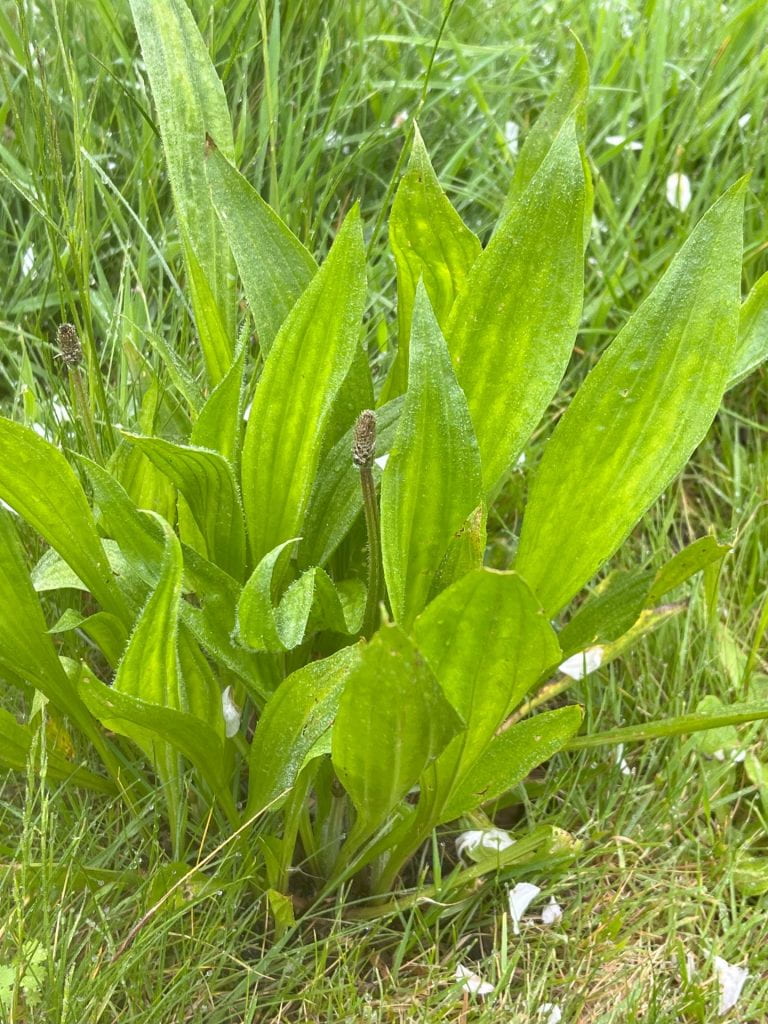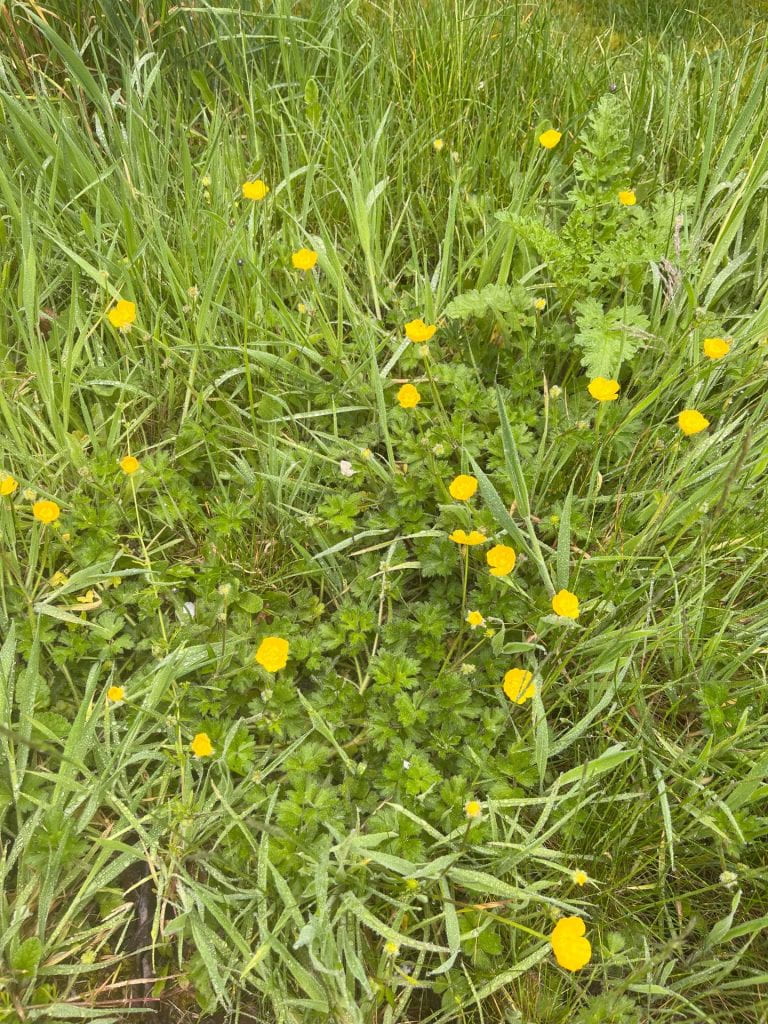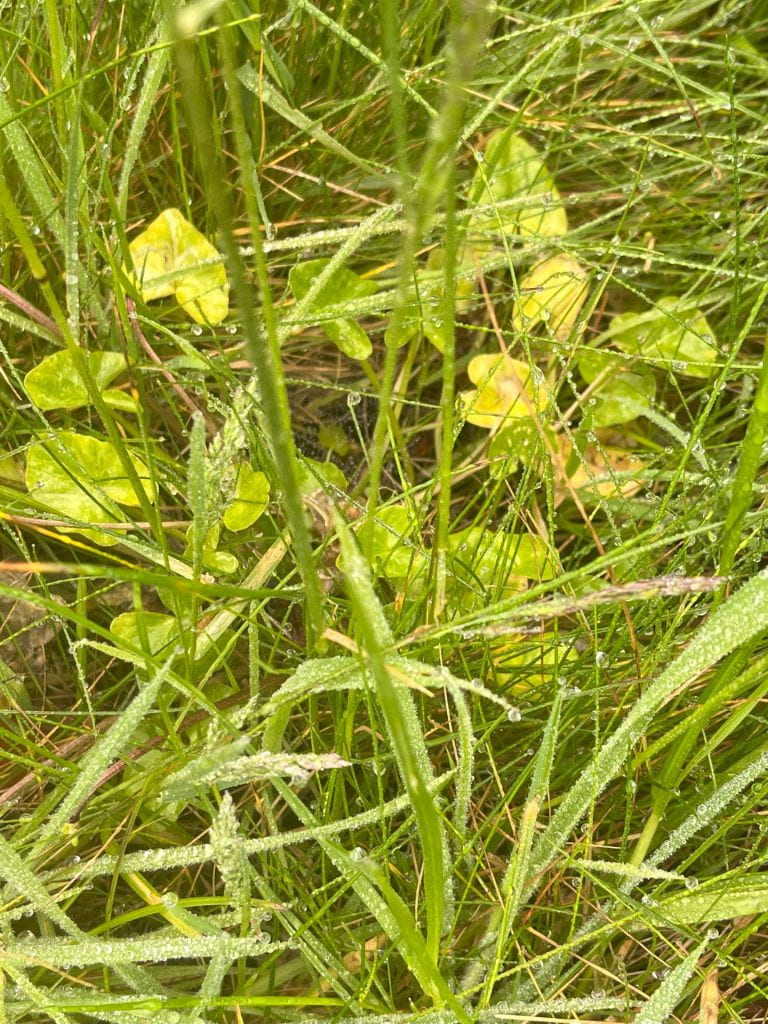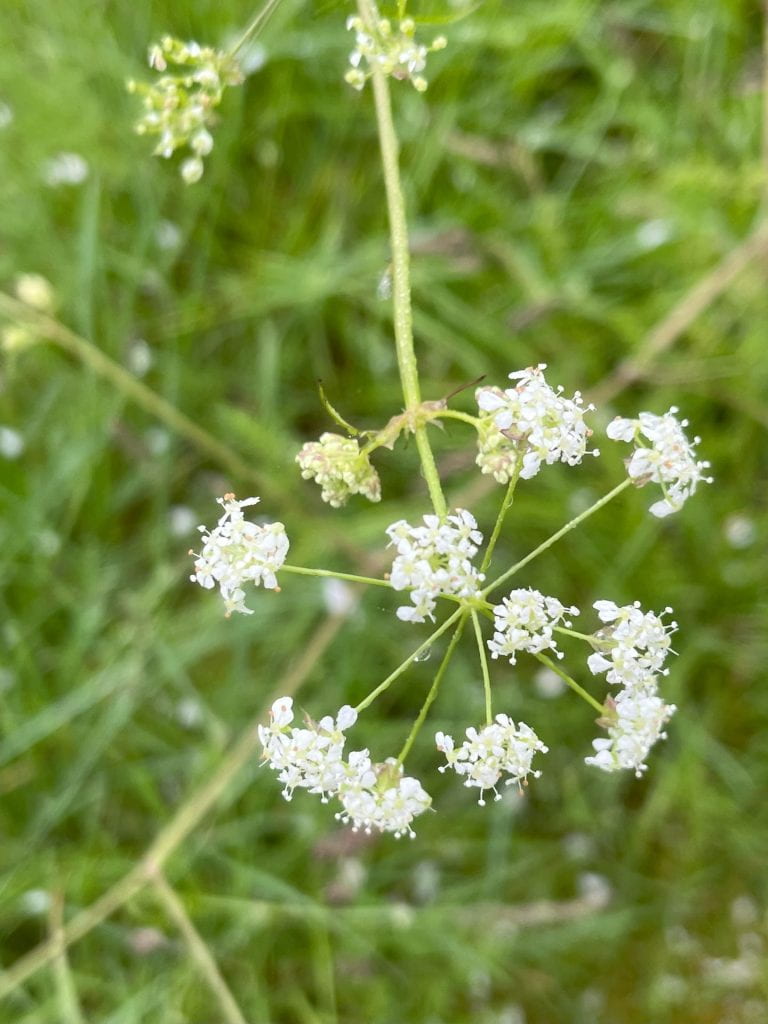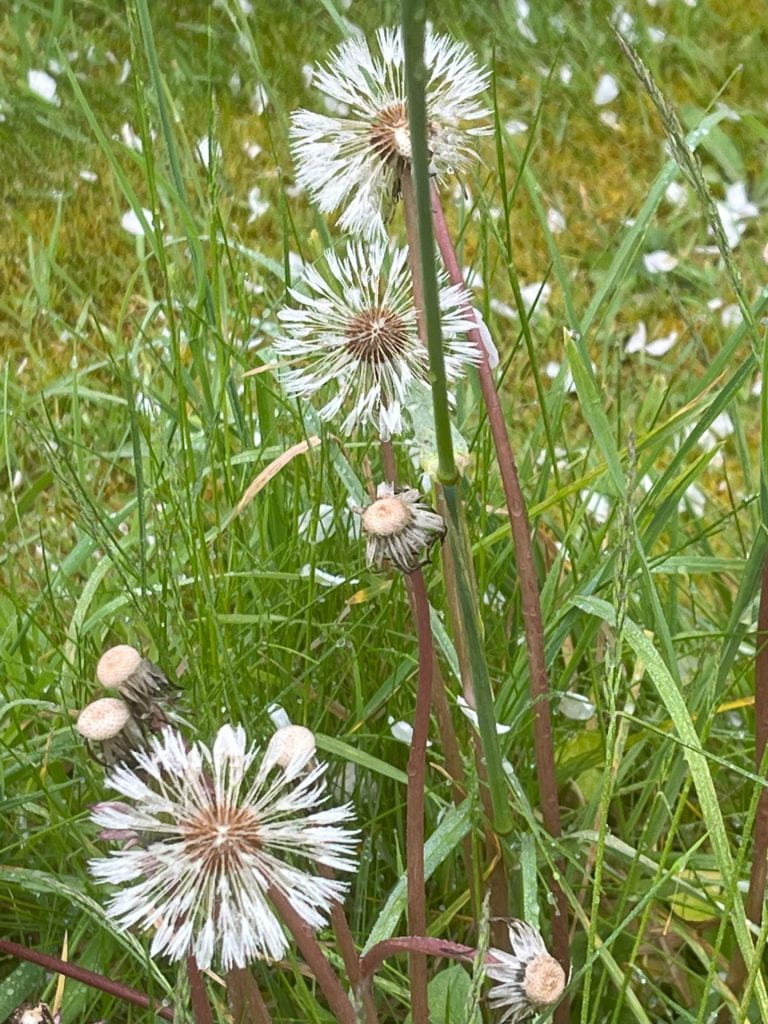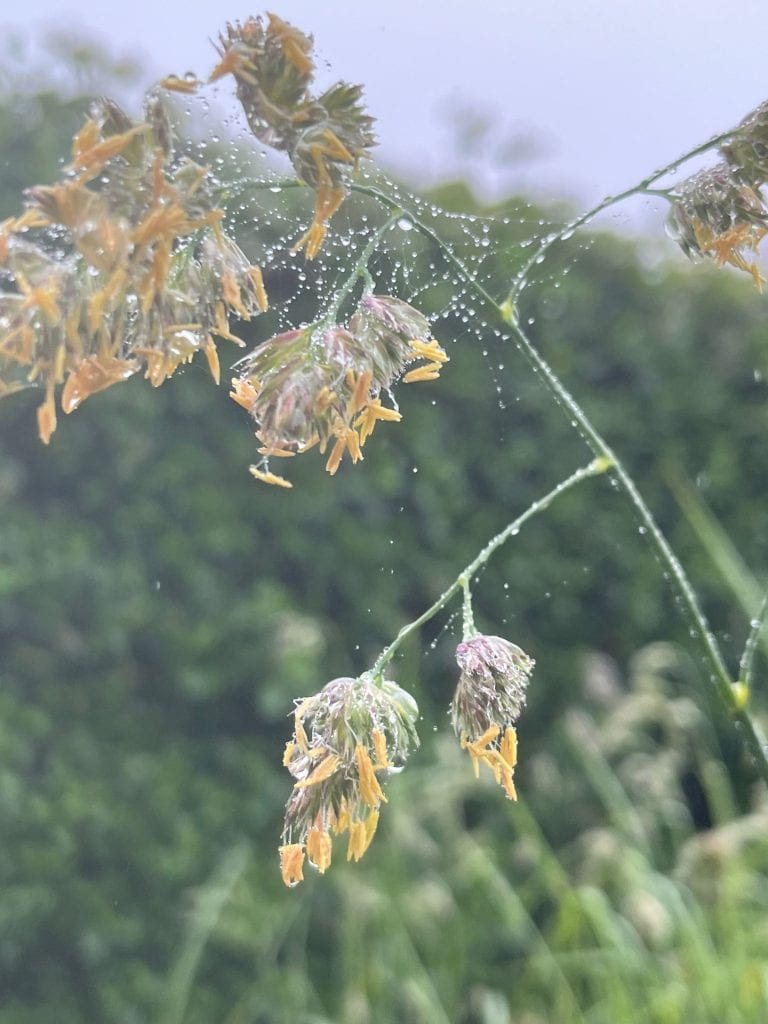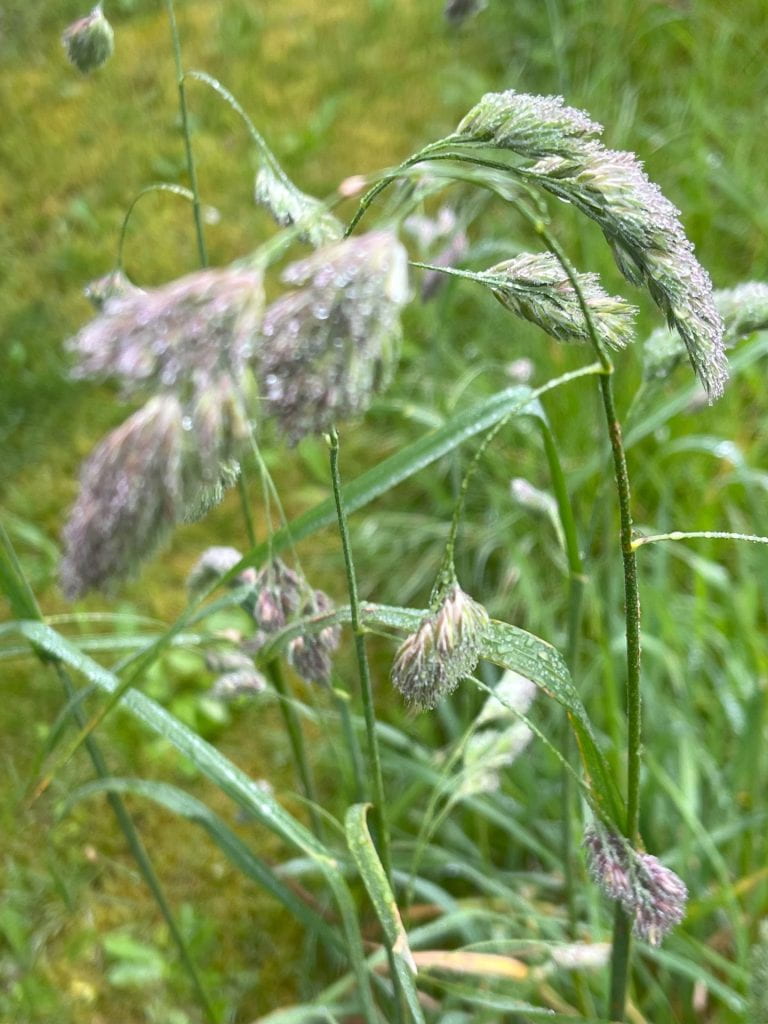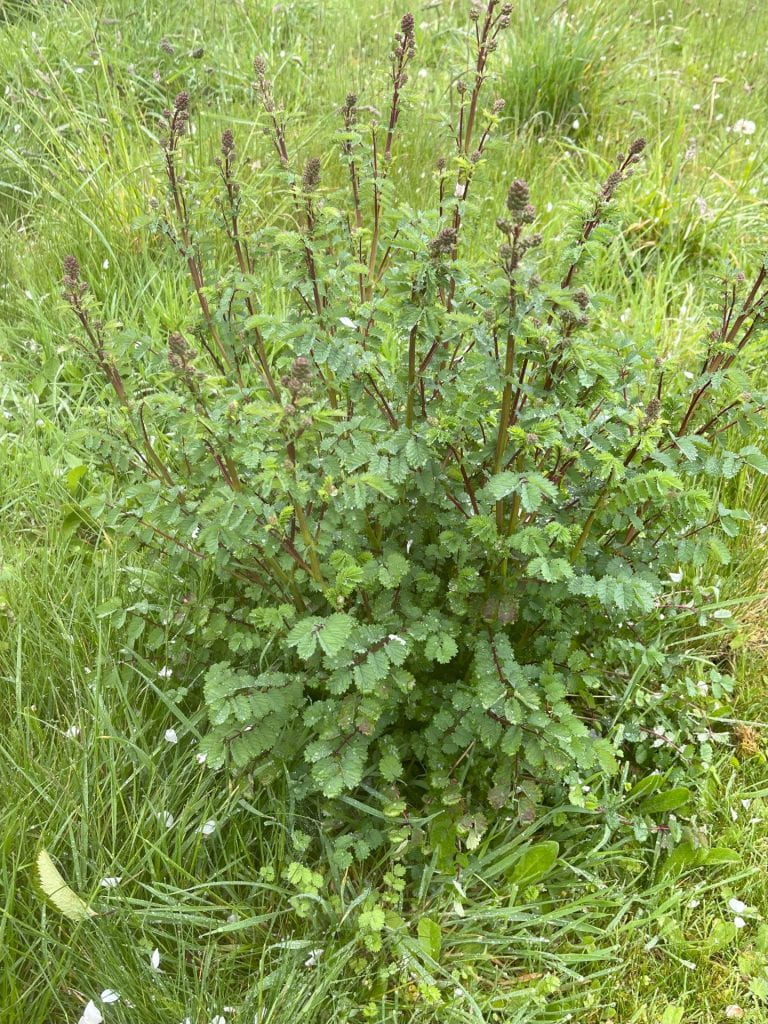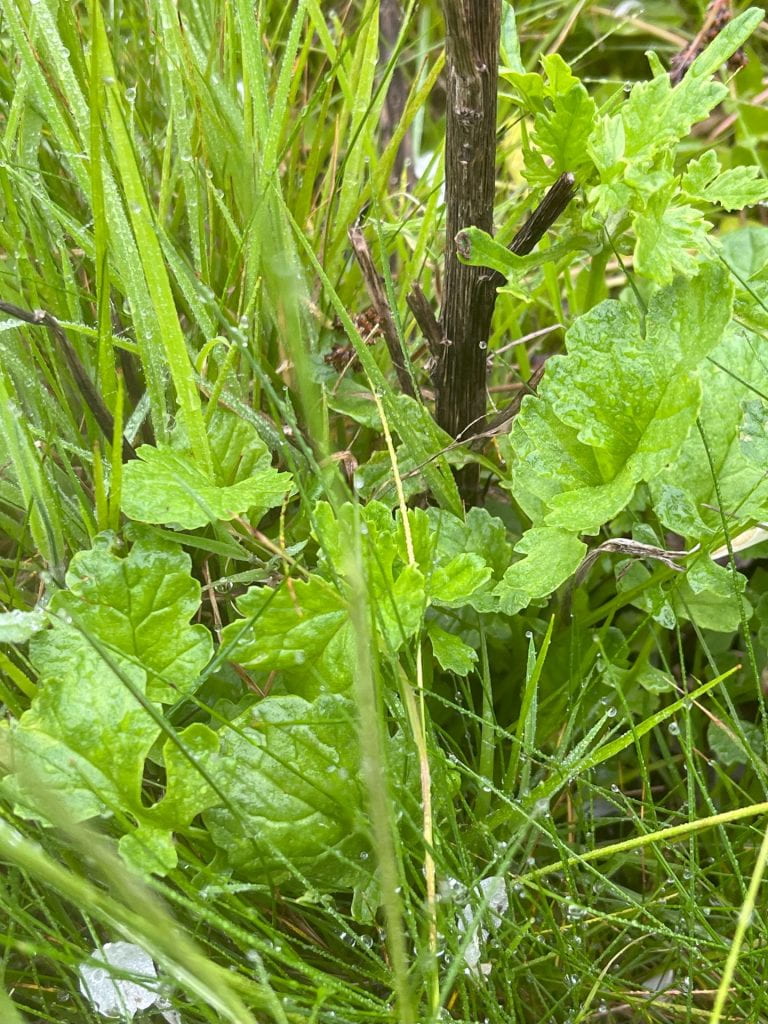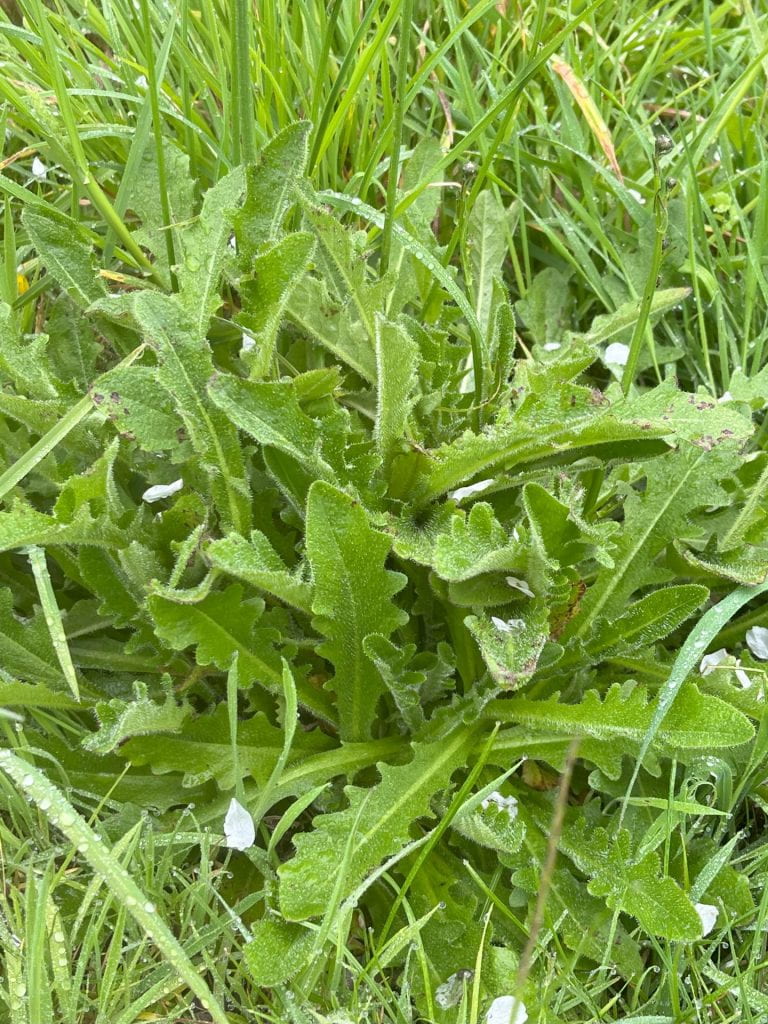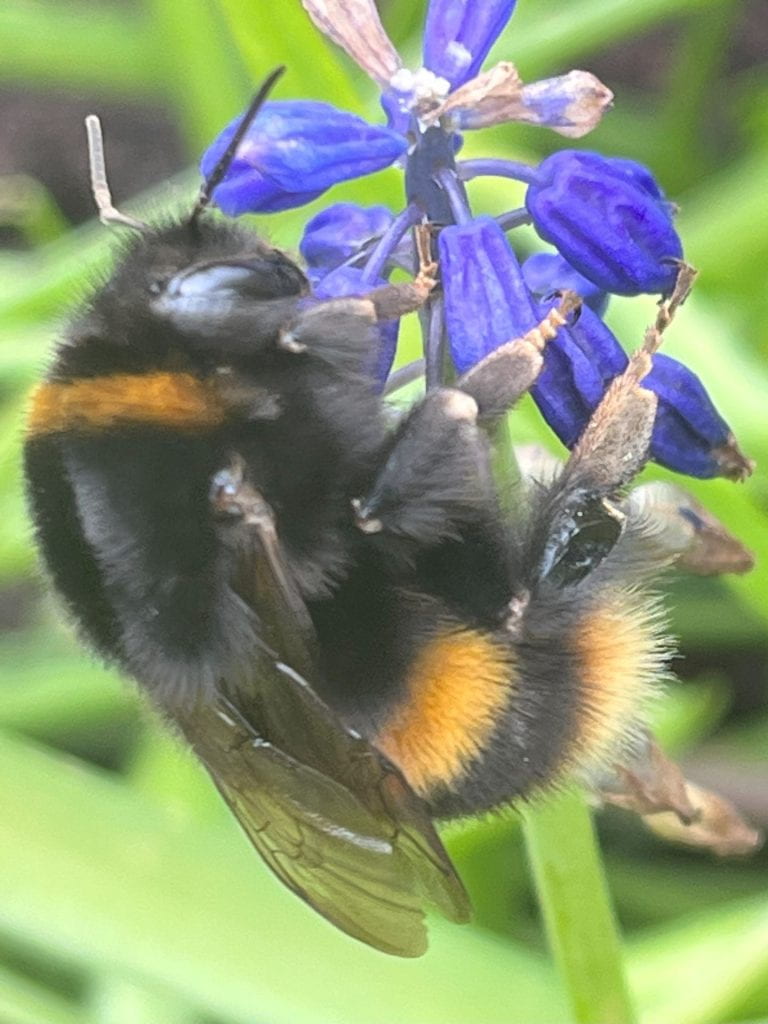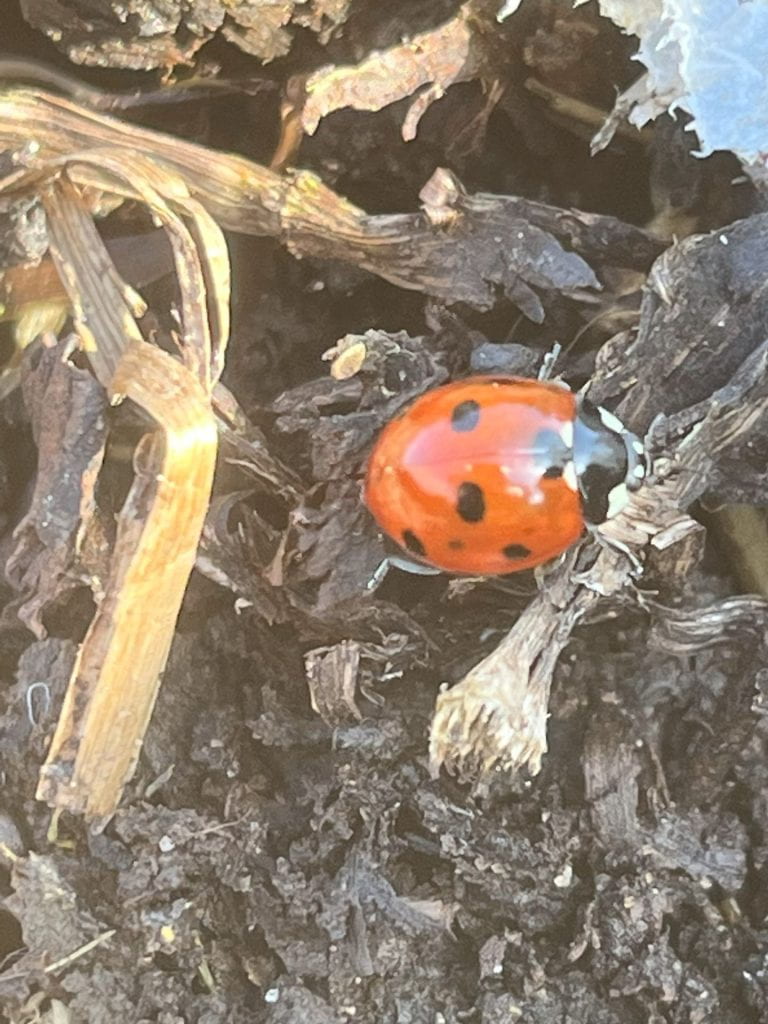
Plants as pictures.
This section of the book is a brief history of the styles of gardening and how we have ended up where we are.
Gardens have always been the province of the wealthy with land, and still are to a large degree today. As an expression of wealth, taste is very important and tastes have changed over time. From the very formal garden with a lot of labour to manage it, to those where the plants are left to a degree to make their own place in the garden, there has been a steady march towards more holistic, plant community planning that leaves gardens for people and wildlife.
I’m going to start with William Robinson and his version of naturalism. The planting he designed had plants from across the world not just natives and he was concerned with planting a plant where it would not need any further care. Whilst he tried many combinations of plants, one that has survived is the naturalising of narcissus and daffodils in the grass and around the base of trees. His was a style of gardening that showed the ecological requirements of plants which we still use today.
Next up is Jekyll and her use of colour through the use of flowers with this lasting for as long as possible in the year. She was the first colourist, probably due to her training as an artist and using colour theory based on the colour wheel. She treated plants as items to be arranged in a prescriptive manner and this lasted for a long time in UK gardens.
The next step forward was Lawrence Johnston who took over where Jekyll left off but introduced the idea of formality through garden rooms at Hidcote. These rooms were then themed as were some of the borders, e.g. the red border, the white garden where plants were categorised according to a feature, e.g. colour rather than naturalistic or environmental relationships. This was further developed by Rosemary Verey with her iconic laburnum arch underplanted with bulbs – often purple.
Alan Bloom then set up a garden using the plants in his family nursery, Bressingham, where perennials were used, planted in islands in the grass. These were designed to be seen from every angle and consisted of plants used based on form and colour – like annuals were previously used.
Sandra and Nori Pope developed the colourist idea to the nth degree with beds of all one colour, e.g. plum and playing with tones and hues. This was a high maintenance garden which ended when they left. They went on to manage West Dean where they took their ideas about colour but there were also vegetables and shrubs and trees in this different garden.
Eckbo started to think about gardens for people but John Brookes develped this much further with his idea of outdoor rooms. Now we have outdoor kitchens, but back in his day he developed a modular system for creating spaces based on the geometry and measurements of the house in relation to the garden. In fact our patio is the size it is because I followed his guidance on using the height of the house and width to create the right sized space. It worked! Brookes used the crossover between architecture, art and landscape in his gardens.
Christopher Lloyd used what he called mixed borders where herbacious and shrubs and bulbs and anything else were all planted together. He used the whole of the plant to see where it fitted in – height, form, colour, changes throughout the season, soil preferences and changed and updated planting througout the seasons. This was a very high maintenance, labour intensive garden which really took off with the employment of Fergus Garrett as Head Gardener. Since Lloyd’s death, Garrett has introduced a more ecological form of planting with plant selection and knowledge of their characteristics as key to the beds.
Beth Chatto was a near contemporary of Lloyd and is famous for her ‘right plant, right place’ ideas aided and abetted by her husband who studied and collected plant communities from around the world. Her boook Green Tapestry showed that colour was not the deciding factor in creating beds and her other titles reflect her ideas of right plant, right place: The Damp Garden, The Dry Garden, Beth Chatto’s Gravel Garden and Beth Chatto’s Woodland Garden. I have them all! Living in a part of the country with very little rainfall, Chatto was ever aware of the changing climate and how we need to change our gardening for the future.
The current trend is for more naturalistic gardens, thinking beyond flowers to ecological interactions: plant communities that can be more resilient when faced with unpredictable weather – hotter and drier and wetter and which need less intervention and fewer resources such as water and fertilisers. These plant communities work together to improve the soil health, create habitats and assist biodiversity.
You can read part 1, part 2, part 3, part 4, part 5 and part 6 if you click on the links.
